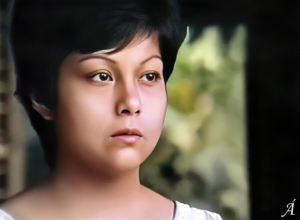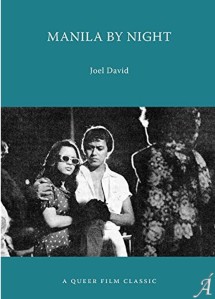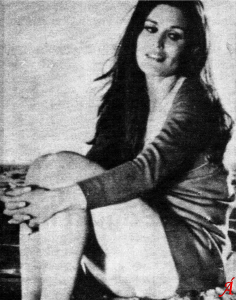Floodwaters in certain parts of Sampaloc district would rise chest-high by grade-schooler’s proportions as recently as during the late 1960s, and my brothers and I would wallow through invisible potholes and visible sewage just to be able to get home in time to avoid alerting the household to our absence. It didn’t seem as depressing as it sounds, because soon as we got home we’d drop paper boats from the window sill and marvel at how automobile spillage would form rainbow-colored patterns amid the raindrops and waves. How to convey the values and dimensions of this primal aesthetic experience, beauty in detritus, has been the greater challenge of my work as film critic and teacher. Often my impatience has engendered a style that’s reflective of both aspects of such a childhood impression – didactic, I think, but with an incongruous informality. Formal college-level training dwelled on the incompatibility of the combination, and so my early work tended to assume the tone of Moses mandating monotheism on Mount Sinai, handing down revelations whose densities abhorred loose or open ends.
11011The further from academe I grew, the less self-conscious my notions of style became; at the same time I could not help but uphold the same standards for the works I selected for evaluation. With the inevitable maturation of my personal faculties, I somehow approached an ideal (rarely achieved, of course) of readability amid discourse complicated even for myself. Necessarily this involved periods of selectivity as well as rest and consolidation, but methinks the consequences are different for critics who rely on exigencies of artistic production, rather than artists who depend on critical evaluation; for in the final analysis, the artist could assume critical functions, at the very least for herself, while the critic can never really work in a vacuum, even (or perhaps especially) when working on theoretical issues.
11011I do badly regret not having come of age during the start of my self-proclaimed second Golden Age of Philippine cinema during the mid-seventies, although I suspect that more effective groundwork had been accomplished during the more turbulent pre-martial law years. As a college-fresh neophyte who honed my fangs on political and economic animadversions, I could draw from the likes of, say, Aliw and Aguila, but Manila by Night and Kakabakaba Ka Ba? from the same period seemed too intricate to unravel and too deep to reach then. I found sufficient leeway to try various approaches thereafter, but at the expense of otherwise praiseworthy attempts in Angela Markado and Batch ’81. And just when I decided to return to school, for which I had to hold down a job – both as full-time preoccupations, out came a full and consistent flowering of films, unaware even that late of the searing effect of the then-forthcoming February 1986 people-power uprising.
11011Only afterward could I graduate from chronicler to confident commentator, with the rather desperate optimism that, like what happened after the early post-martial rule dry spell, another Golden Age would not be long in following. Invariably my appreciation of paper boats and grease rainbows made the excursion through Manila’s bloodstreams worth the plunge. Along the way I could get my fill of doing retrospective commentaries, but then the best part consisted of divining what could come next and occasionally seeing it fulfilled in some form or other.

Alternative author’s pic for The National Pastime, taken by National Midweek official photographer Gil Nartea.
11011My list of great film-writers all have some profound contradictions crisscrossing their works, and this, more than anything else, makes reading them doubly difficult. Given the luxury of a lifetime, I’m sure I’ll be developing a few swivels and turnabouts here and there; already I know which of my past output, aside from the ones I’ve already mentioned, I could renounce in the name of personal progress, but meantime I did write them once, and became interested enough to stand by them even through the trauma of publication. So they appear as they do now, contextualized only by their respective dates of issue, in order to maybe show how far I’ve come (or gone), and perhaps qualify the shortcomings of the worthier items.
11011There’ll be an entire future to face, marked in the meantime by the impending close of the current century. Film, as I’d written elsewhere, will undergo further and radical transformations in terms of technology and approach, and what we consider Third-World practice is on an ascendency. There won’t be just floodwaters to cross, there’ll be entire oceans to swim, and though by then I might be sounding different, difficult even, I guess we’ll all be lucky, though we’ve long deserved it, to be where it’s at come the time.
[First published October 3, 1990 in National Midweek]













 ORCID ID
ORCID ID 